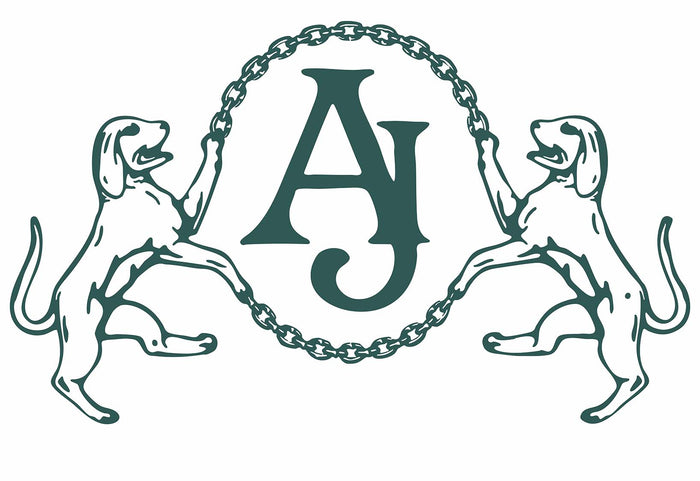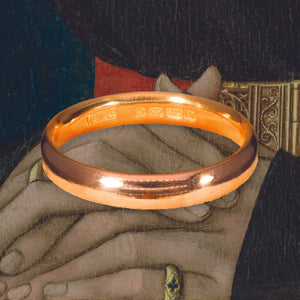The wedding band — simple, circular, and endlessly symbolic — is one of the oldest and most meaningful pieces of jewellery in the world. While engagement rings have evolved in style and significance, the wedding band has always represented eternal love, fidelity, and partnership. But how did this timeless tradition begin, and how have designs changed through the centuries?
Where Did the Tradition of Wedding Rings Begin?
The origins of the wedding band date back over 4,000 years to ancient Egypt. Early bands were made from braided reeds or hemp, symbolising eternity through their circular shape — a line with no beginning or end. The Egyptians also viewed the hole in the centre as a gateway, representing the future shared by two people.
The custom spread to ancient Rome, where wedding rings were made from iron to signify strength and permanence. Later, gold became the preferred metal, valued for its rarity and enduring beauty. Roman rings often featured inscriptions, foreshadowing the romantic engravings still found in wedding bands today.
Why Are Wedding Rings Worn on the Fourth Finger?
The tradition of wearing a wedding ring on the fourth finger of the left hand stems from the Roman belief in the vena amoris — the “vein of love.” They believed this vein ran directly from that finger to the heart. Though anatomically incorrect, the symbolism stuck, and the practice continues in many Western cultures today.
Medieval and Renaissance Wedding Rings
During the Middle Ages, wedding bands became more elaborate, incorporating intricate engravings and religious motifs. Posy rings — engraved with romantic poems or messages of devotion — were particularly popular in England and France from the 14th to 17th centuries. In Renaissance Europe, Gimmel rings (interlocking bands that joined together when worn) symbolised two lives becoming one, often used for betrothal or marriage.
Victorian and Edwardian Wedding Bands
By the Victorian era, wedding bands became sentimental keepsakes. Many were engraved with flowers, hearts, or intertwined initials. Yellow gold was the metal of choice, sometimes accented with small gemstones or enamel details. The Edwardian period saw the rise of delicate platinum bands, often paired with intricate filigree engagement rings for a refined, elegant look.
20th Century and the Modern Wedding Band
During World War II, the exchange of wedding rings became even more symbolic, as soldiers wore plain gold bands to remind them of their loved ones at home. This period cemented the ring as a universal sign of devotion for both men and women.
Post-war designs favoured simplicity — smooth gold or platinum bands without adornment — but by the 1960s and 70s, diamond-set and engraved wedding bands re-emerged in popularity. Today, antique and vintage wedding rings are sought after for their craftsmanship and individuality, each carrying a piece of personal and cultural history.
Why the Wedding Band Endures
The wedding band’s design has remained largely unchanged because its meaning is timeless. The unbroken circle continues to represent eternal love and unity, while the materials and craftsmanship reflect the style and values of their era.
Choosing an antique or vintage wedding band connects you to centuries of tradition. Whether it’s a simple Victorian gold band, a platinum Edwardian piece, or an Art Deco design with subtle engraving, each ring carries stories of love that have stood the test of time.
A Circle Without End
From ancient Egypt to the present day, the wedding band has been more than just a piece of jewellery — it’s a promise made tangible. Its enduring simplicity and symbolism make it the most iconic design of all. When you choose a wedding band with history, you’re not just continuing a tradition — you’re becoming part of it.
Explore our curated selection of antique and vintage rings to find a wedding band that celebrates love through the ages.


